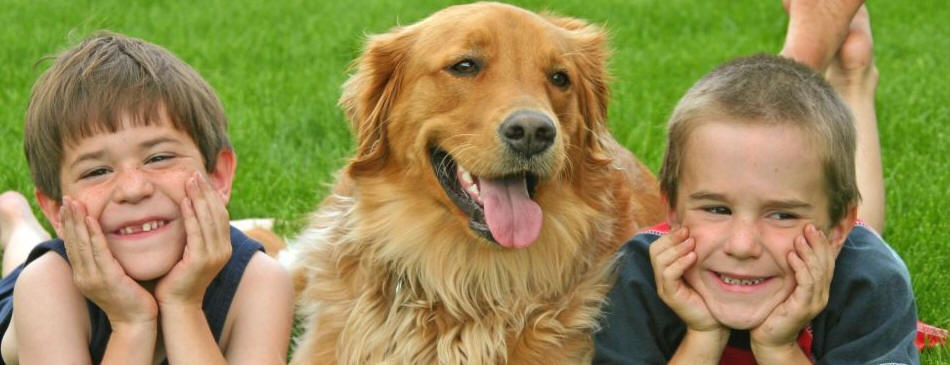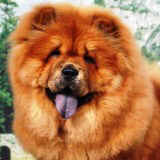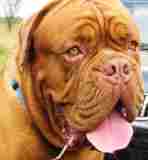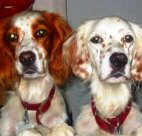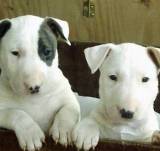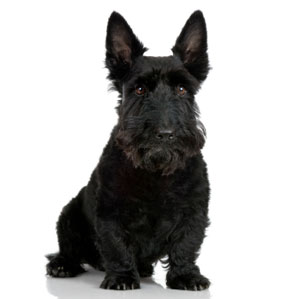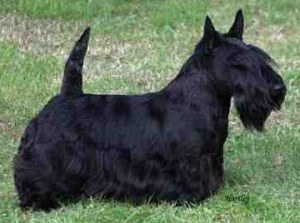AKC Dog Breeds: Scottish Terrier

As dog owners and people who care deeply for animals and wildlife, we wanted our Dog Encyclopedia to be a website that could empower pet owners to create the most positive, loving environment for their dogs. Dog Encyclopedia realizes that owning a dog is like adding a new member to your family.
Terrier Group
Height:10-11 inches Weight: 19-23 pounds Color: black, brindle or wheaten
Height:10-11 inches Weight: 19-23 pounds Color: black, brindle or wheaten


